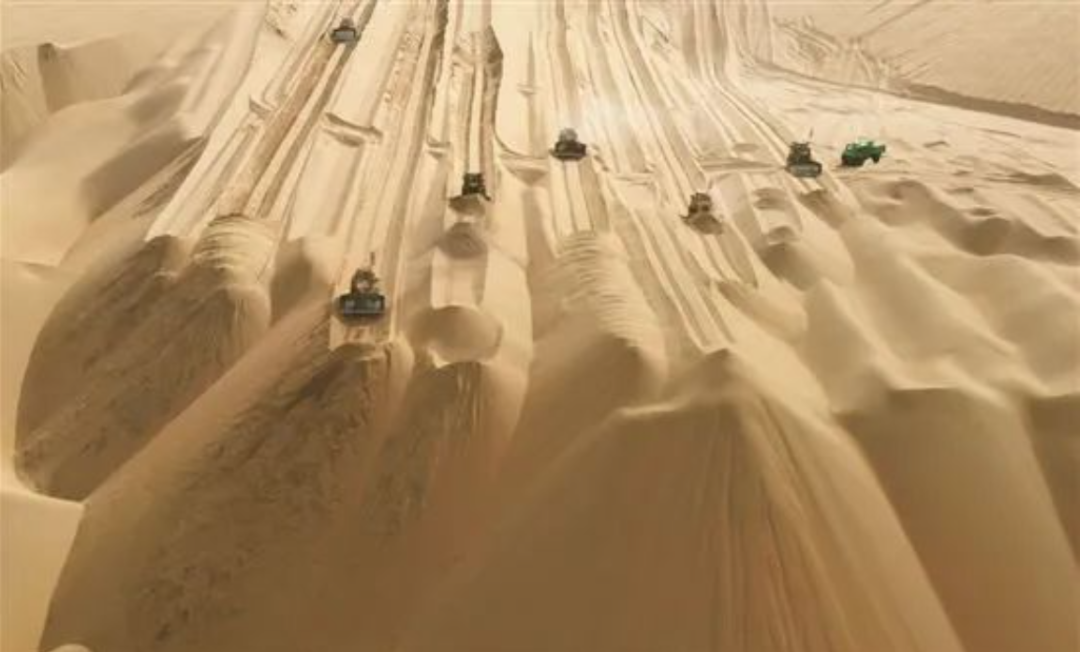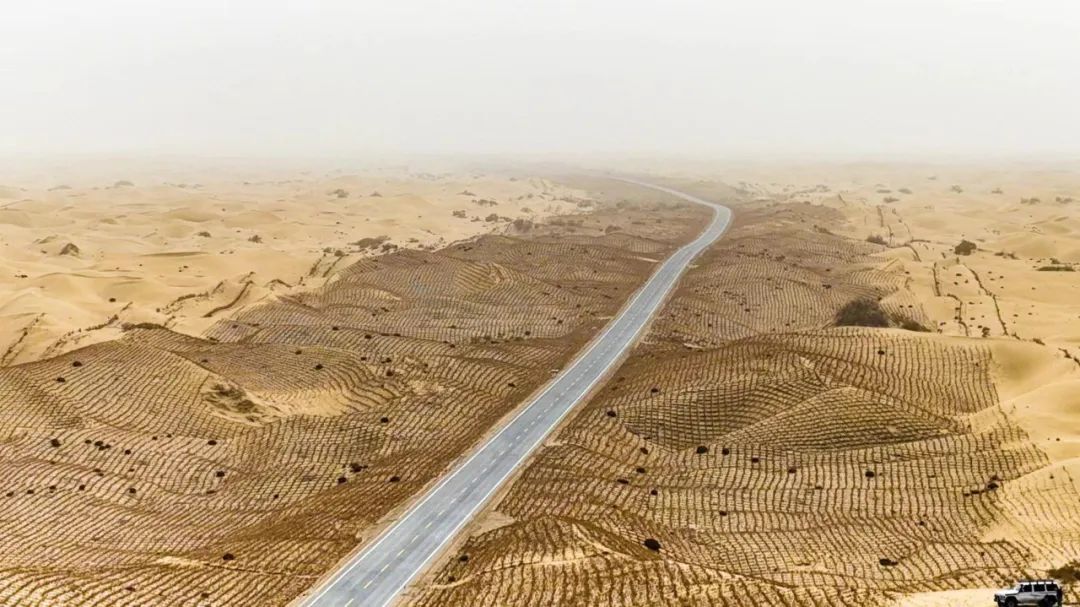No water, no electricity, no signal!How was the desert road that crossed the "Sea of Death"?
Author:CCTV Time:2022.06.30
June 30
Lieutenant Xinjiang (yù) plow to the end
Wei and Highway officially opened to traffic
It is currently in the world
The widest distribution of flow dunes and the worst construction conditions, the worst construction conditions,
The most difficult desert road
How does the Chinese builder be in
Highways without water, powerless, without signal?
Five years
What difficulties and challenges have the builders overcome?
Let's look at it together
△ Video source:@
The first difficulty: Shashan, Basin
"More than 40 bulldozers have been pushed for 150 days"
Wei and the road connect to Weili County and the Mochi County. It is located in the Tarim Basin between the south slope of Tianshan and the northern foot of the Alkina.
The road is 334 kilometers in length, and the desert section is 307 kilometers long. After passing the tall area of more than 30, it is the third after the Wheel -Minfeng, Aksu -Alar -Hotan, the third one crosses the " Highway of the Sea of Death.

△ Picture source: "Ministry of Transport" WeChat public account
The biggest challenge to build roads in the desert is sand.
The person in charge of the project said, "I have never seen such a large sandbag." "Our construction workers eat and live at the scene, and drove more than 40 large -power tracked bulldozers for 150 days to completely cut this mountain ' The amount of excavation of this Shashan alone is as high as 1.5 million cubic meters, accounting for one -eighth of the entire project's excavation. "
The second difficulty: cool, less rain
"The surface is close to 70 ° C, and even fried eggs"
The average annual precipitation of the Taklama -Ganan desert does not exceed 100 mm, while the average evaporation volume is as high as 2500 ~ 3400 mm. The staff said that the heat is the second test facing the construction team.
"The Taklama Ganan Desert has a very high temperature in summer, with more than 40 degrees, and the surface temperature is close to 70 degrees Celsius. In the hottest time of the year, the hot sewing can be cooked with eggs. In order to prevent heat stroke, the average personnel on the spot should drink it per person per day per person. 8 ~ 10 liters of water. But the water removal is also very strenuous, mainly to transport inside from the desert, and it takes more than 250 kilometers to return to and from the nearest water point to the construction site. "
More than 400 workers, more than 700 days
One 锹, one 锹, one foot and one foot stepped out of the "Chinese Rubik's Cube"
It is not enough to rely on hardships and hard work in the world's second largest migrant desert road. The key is to solve the problem of anti -sand prevention.
So, how to protect the road from buried by yellow sand? The builder adopted the "Chinese Rubik's Cube", which reflects China's wisdom "grass square" technology.

According to reports, the "grass square" is to use the reed material to set up a square windshield on the flowing sand dunes to make the ground rough, reduce the wind, and block the flow of the sand.
The person in charge of the project stated that in the construction of uneven sandy land, mechanization can not be sent to use
First of all, we must manually carry the reeds of 70 kg into the desert, and transport the construction square network on the dunes after the designated position;
Put the neatly trimmed reeds on the square line, use iron pupa to embed the reeds into the sand from the middle, so that the two ends of the grass are raised, exposing the ground height of about 20 ~ 25 cm;
Then use the sand to solid the foundation, and finally form a grid of 1 meter in length and width.
"The corpus of more than 58 million square meters of the road was relying on more than 400 workers. It took more than 700 days to insert it and stepped it out."
A bridge protects the ecological environment
One way drives out poverty and gets rich
The Tarim River Bridge, which has nearly 1,300 meters long, is the only super bridge on the entire line of the desert road. Good protect the local ecological environment. "There are farmland, Popular Forest Reserve, and Weili County Wetland Park around the bridge. In order to protect the local environment, reduce the decomposition of the local Populus forest and the occupation of basic farmland, the project uses the way to build a bridge when designing it to cross Tarimu Mumuma River Reserve. "Zheng Mingquan, deputy cadre of the Ministry of Transport of the Xinjiang Uygur Autonomous Region, said that Wei and Highway will be greatly facilitated to travel by Weili County and the people of the Mochi County to improve the difficulty of selling local agricultural products. "In the end of the county, the county originally came to Korla to bypass Ruoqiang. After this road was opened to traffic, it could reduce the mileage of more than 300 kilometers, and the travel time of the people of the county would be greatly shortened. The cost of life will be reduced. Promoting role. "In addition, Wei and Highway crossing areas are the rich and enrichment belt of the petroleum geology of the Tarim Basin, which will provide strong support for the exploration, development, and transportation of oil and gas in the future to further promote the economic and social development of the southern Xinjiang region.
Source: CCTV News Client, "CCTV News" WeChat public account, "Ministry of Transport" WeChat public account
Supervision/Tan Yiyong producer/Park Jing
Editor/Lin Jiameng editor/Li Shuangshuang
Editor -in -chief/Ge Jingran
- END -
"Immigration" or "Delivery"?From the US Dazhou Truck Tragedy to the British truck hiding corpse case, the immigration tragedy has been staged again and again

Jimu Journalist Sun YanIntern Zeng ZhengAccording to a number of media reports suc...
what's the situation?President Peru is being investigated, and the related online hearing will suddenly emerge from the dance video of stripping dance

According to Reuters on the 16th, on Wednesday, Peruvian judicial agencies were in...